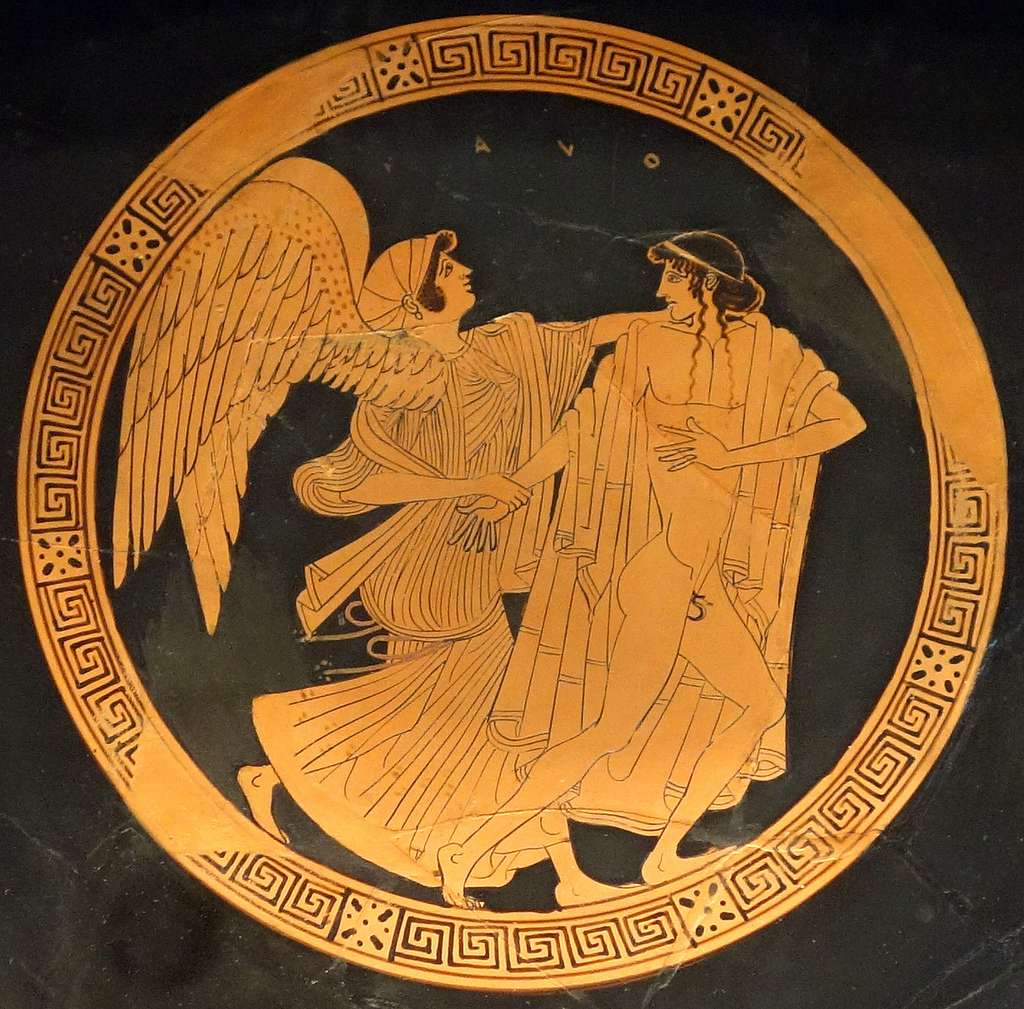History of Eos
In 1990, the College of Engineering at NC State University offered its students one of the best academic computing environments in the world. Called Eos, this environment was taught to all engineering students in their first semester.
Eos was a distributed client-server network running AFS, a location-independent file system that delivered an unparalleled engineering software suite on multiple platforms. Eos unified hundreds of workstations in labs across the college, as well as student-owned computers that connected to Eos through remote-access services and the Virtual Computing Lab. Engineering Information Technology (Engineering IT) worked with department IT to meet the discipline-specific requirements of individual departments and with university IT units, such as DELTA and OIT, to develop technologies that benefited college and university computing.
Engineering students selected Eos, the Greek goddess of the dawn, as the name for the college computing environment. Eos was originally built with technologies developed in the Athena Project at MIT and Project Andrew at Carnegie Mellon University. A special engineering computer fee was approved and used to purchase lab workstations, server hardware and an incomparable library of engineering software. That fee was revised in 2015 as the engineering enhancement fee.
Formerly an engineering-only system, Eos was expanded to the rest of campus during the mid-90s and renamed Unity. Even though the systems are completely different, all NC State students, faculty and staff accounts are still called “Unity accounts”.
About Engineering IT
Engineering IT has been providing IT services and support to Engineering college students, faculty and staff since 1989 when it began as Engineering Computer Operations (ECO). In 1995, ECO was renamed as Information Technology and Engineering Computer Services (ITECS). ITECS is now known as Engineering Information Technology. In the course of its history, our staff has worked to meet the growing demand for computing innovation in engineering education.
What’s In a Name
The College of Engineering computing environment was named for Eos, the Greek goddess of the dawn, a proper noun, not an acronym. Eos was originally built with technologies developed in the Athena Project at MIT and Project Andrew at Carnegie Mellon University. Engineering students in the Computers and Technology Theme (CATT) dorm chose the name believing that Eos signified a new dawn for computing at NC State. The first Eos lab opened in Leazar Hall in 1990.

Because MIT’s Project Athena provided the foundational technology for Eos, many assume that Eos must follow Athena in Greek mythology. She does not.
In Greek mythology, the world began when Gaea, the Earth, bore a son, Uranus. Their union produced the first race of gods, the twelve Titans, six brothers and six sisters. The union of two of these siblings, Hyperion and Theia, produced Eos (goddess of the dawn), Helios (god of the sun) and Selene (goddess of the moon). Two other Titans, Cronus and Rhea, gave birth to Zeus. It was from Zeus’ head that Athena, the goddess of wisdom and war, sprang full-grown.

Eos’ marriage to Astraeus, the starry sky, produced the four winds. (The original instant-messenger system on Eos was named for the west wind, Zephyr.) All was well with Eos until the god Ares fell in love with her, provoking a jealous rage in the goddess Aphrodite. In her anger, Aphrodite cursed Eos with a weakness for mortal men. From that time on, Eos fell for every man she saw.
One mortal, Tithonos, she liked especially well. Eos persuaded Zeus to make Tithonos immortal but then forgot to ask for eternal youth. Tithonos grew so old and shriveled that Zeus finally turned him into a cicada. Through it all, the saffron-robed Eos rode daily through the heavens in her purple chariot bringing the dawn to the human world below.